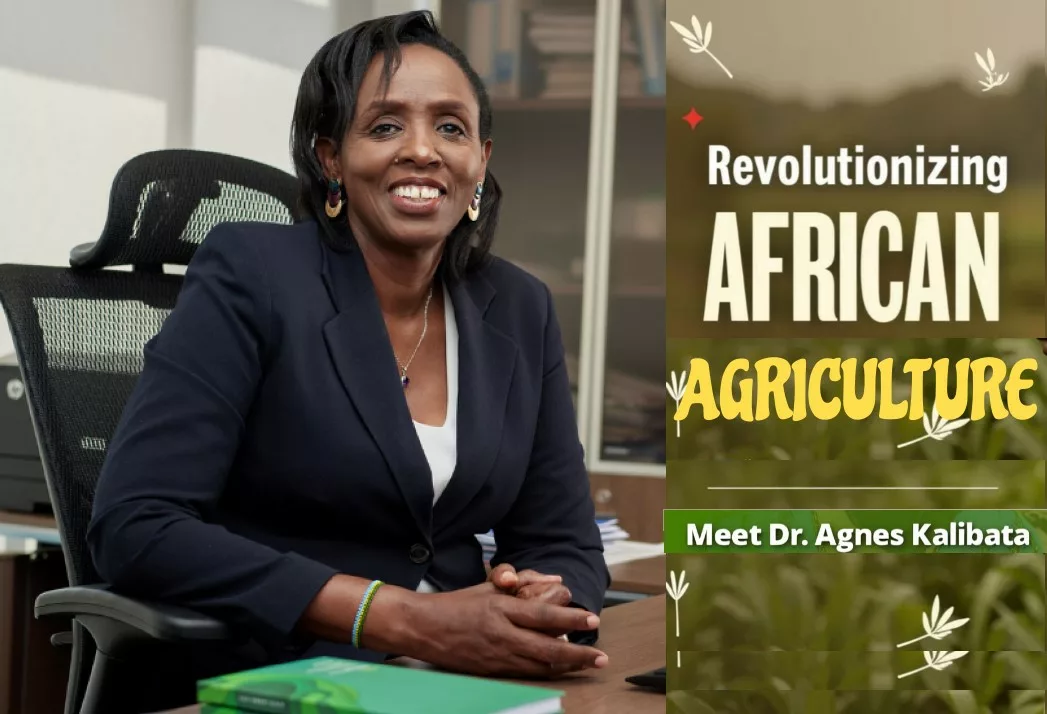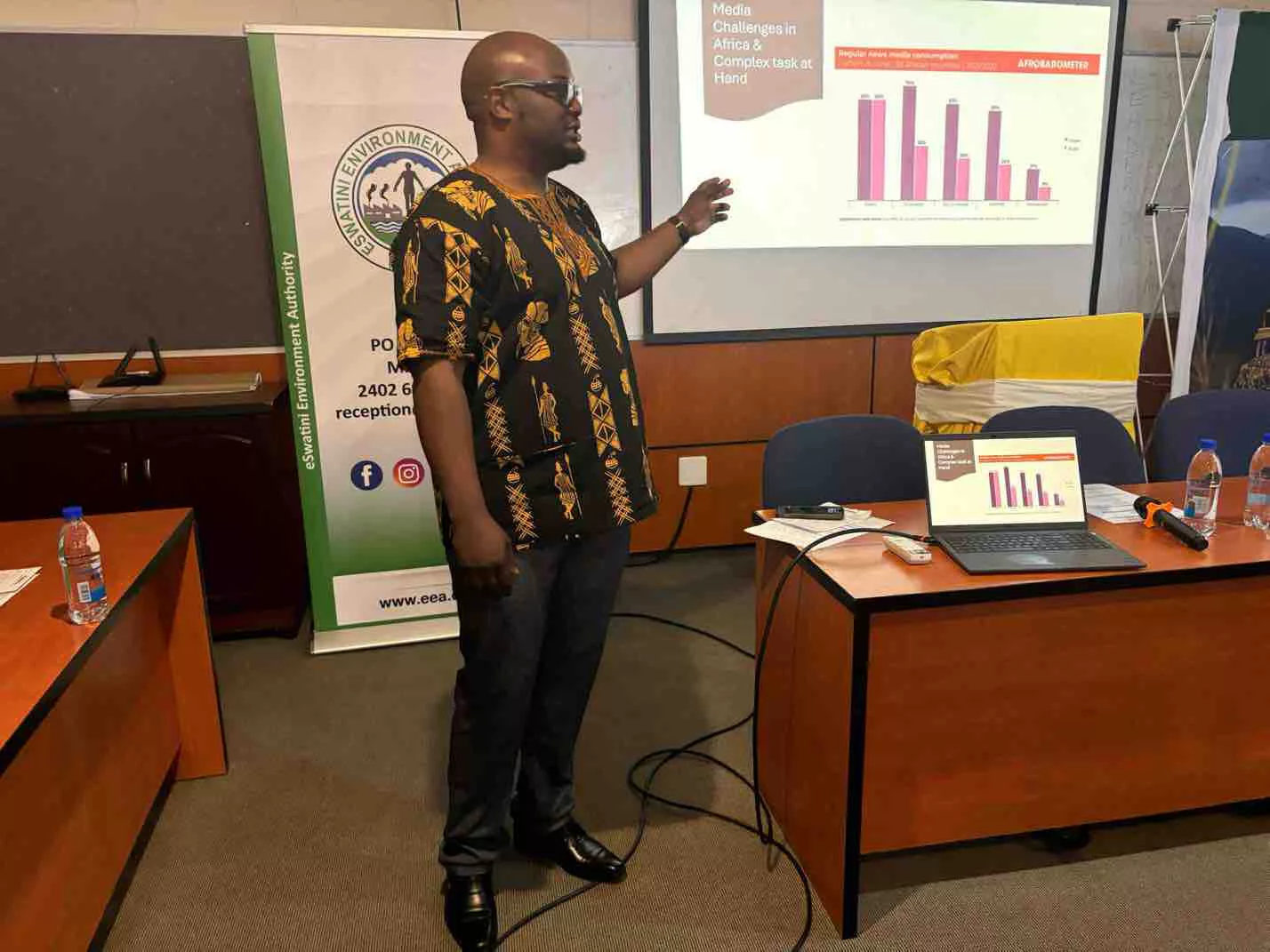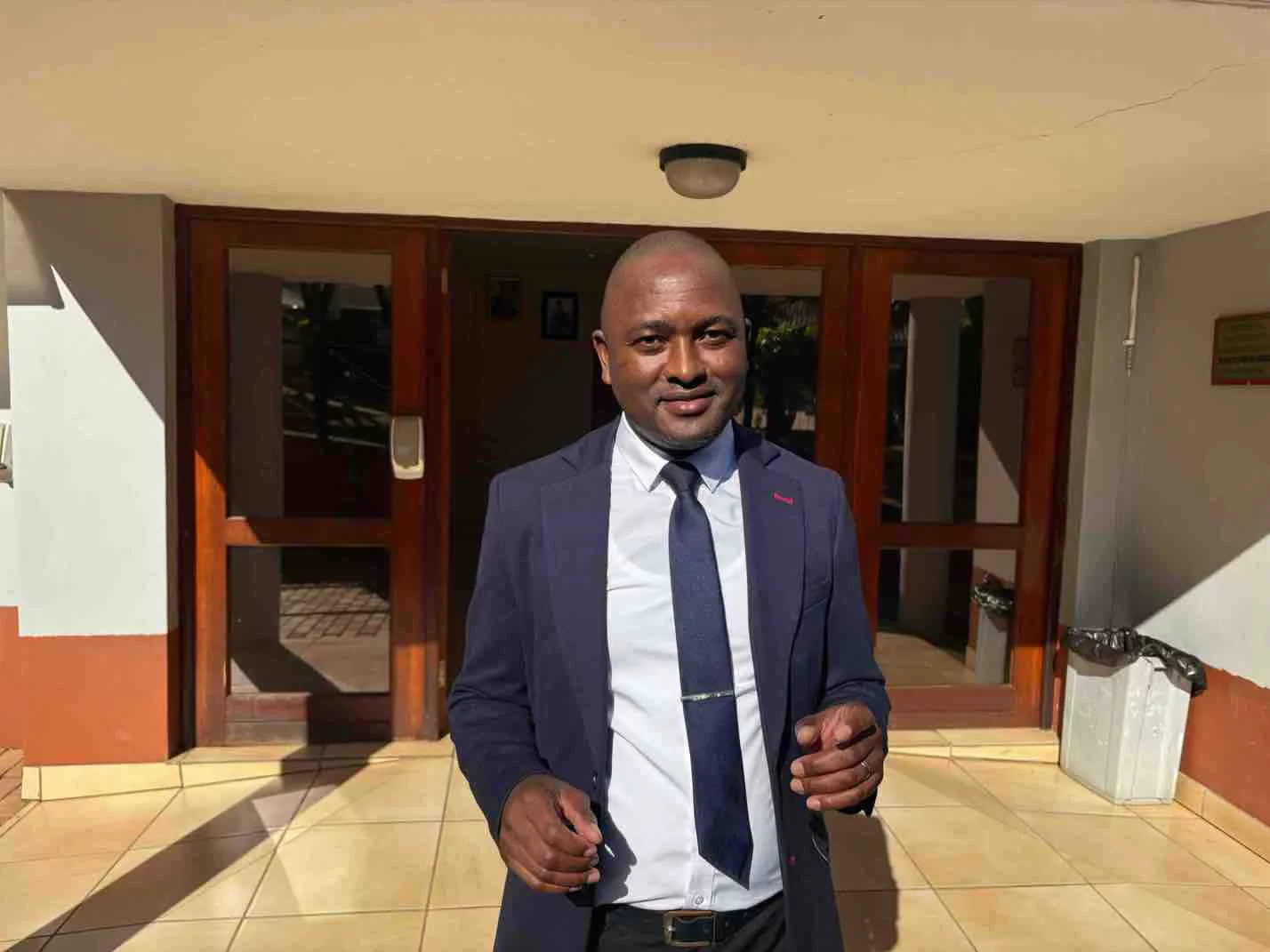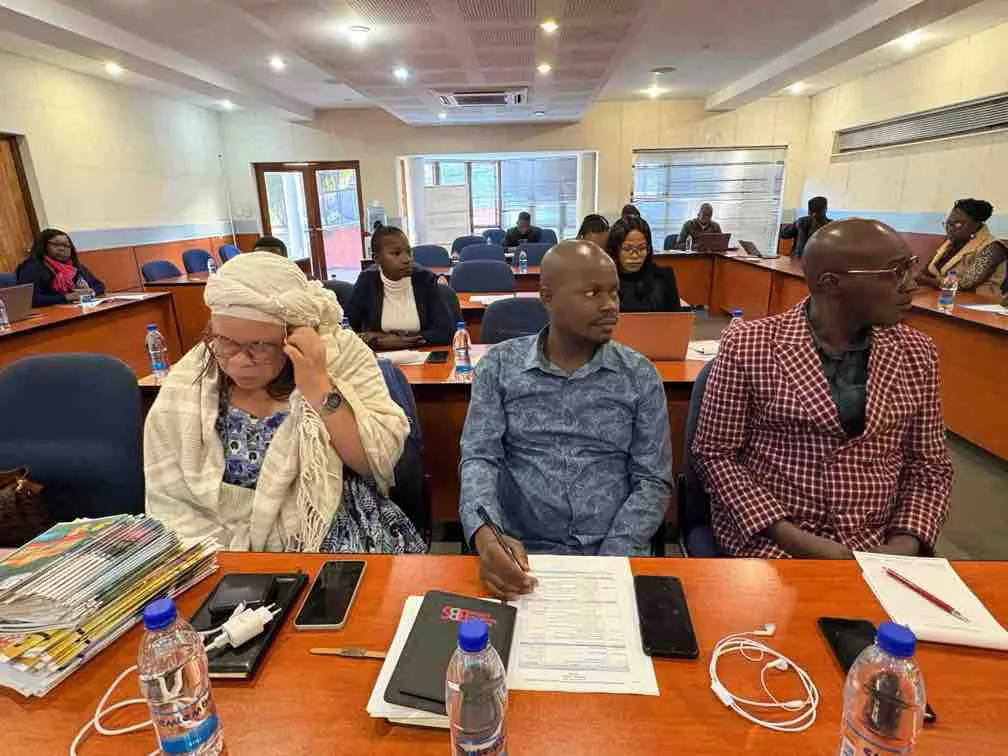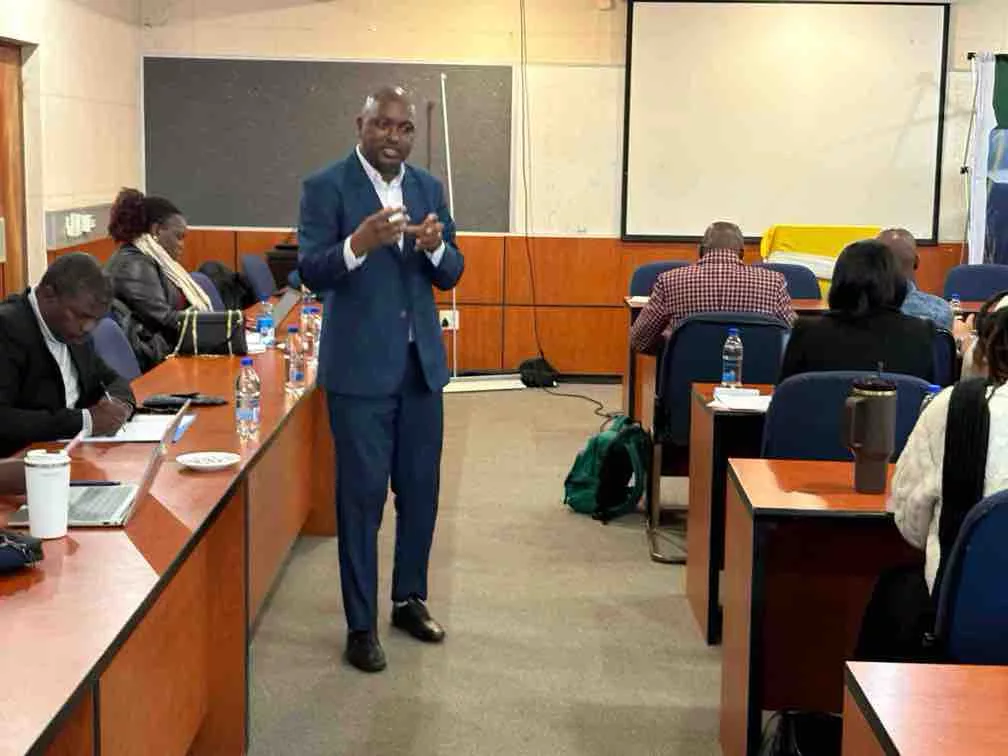|
Getting your Trinity Audio player ready...
|
KAMPALA, UGANDA – The Alliance for a Green Revolution in Africa (AGRA)’s involvement and intervention in agriculture have translated into positive, tangible impacts on the African continent.
Speaking to Spiked Online Media during the just-ended African Union Extraordinary Summit on the Comprehensive Africa Agriculture Development Programme (CAADP) that ran from the 9th to the 11th of January 2025 at the Speke Munyonyo Resort in Kampala Uganda, Dr. Agnes Kalibata, the AGRA President, said AGRA institution that works in the agriculture sector across 15 countries on the African continent.
“Our mission is to support the agricultural sector across the continent. And it’s not about being physically present in a country, as it is ensuring that every country has what it needs to define its development agenda. So in the countries where we use it as an opportunity to define what the development agenda looks like, we have coined the word, transferable assets, as a way of thinking about what products we develop that can be used from country to country, whether we are present or not present, and then be part of transforming the development of that country.
“Let me give you an example of seed systems, for instance. To move the agricultural sector forward in a tangible way, a productive way, and a sure level of productivity, farmers have to have enough yield per hectare. For any unit of land a farmer plants, they want to have high yields. Where a farmer instead of getting one ton, may want to get eight metric tons for nearly the same energy. So that’s what using approach technology is about. What system then delivers that? It’s, you know, it’s not the technology alone. What system delivers that? What AGRA has done is to create the system. And the ecosystem that delivers seeds to farmers across the countries is what we are working on,” Dr. Kalibata said.
AGRA is doing that through a model called the Center of Excellence for Seed Transformation in Africa (CESA).
“If a country came to AGRA and said we want to do something about expanding our seed system, I promise you in three years we can help them get a seed system up and running. Because we do have the technology. We have the technology and the capability to do that. So that’s number one. Number two is thinking about why it has been so difficult to transform African farming. What is failing as well? One of the things we figured out, not that it is rocket science, but actually it’s been here and keeps being here forever, is the ecosystem around the farm.
“We’ve always come to this small level of growing up from the perspective of being very solution-oriented in the sense that we provide a solution. And the solution is that what we do well, not what the farmer wants. We figured out what the farmer wants and what the farmer needs to transform his livelihood. The farmer needs seeds. He also needs a market. He needs financial support. How do you create an ecosystem of service that helps businesses work with the farmer because they have visibility of who the farmer is. After all, they have means of reaching the farmer, because they can engage with the farming community. We’ve established that geographical base, what we are calling landscape-based transformation performance, where we encourage businesses to come in with us,” Dr. Kalibata said.
She emphasised that AGRA doesn’t have the resources to transform a country nor resources to move smallholder farmers out of poverty and neither do the people that fund it but has the resources to create the models that can help countries to do that.
AGRA allows the private sector to come in as a player, at any scale and in different places, based on what they need to have, and be able to do their part. It is trying to get the farming extension services working and ensures that farmers are visible, and linked to markets.
AGRA is actively involved in the CAADP process. It has been tracking the CAADP biannual review (BR) process, ensuring that farmers have access to inputs markets, thereby transforming their livelihoods.
“So AGRA’s contribution has been about creating those models, ensuring that technology is available at the farm, at the business and micro-business level, so that it can go to farmers. AGRA is working with 300,000 farmers. The governments can easily scale that to 5 million farmers. So that’s how we see ourselves supporting CAADP. Also then, we’ve started another program, which I’m extremely proud of, the Africa Food Systems Forum,” she added
The Africa Food Systems Forum, which used to be the African Green Revolution Forum (AGRF) is a forum that AGRA has built to bring the public sector and private sector together.
Through a legacy program for countries, AGRA helps individual countries organize resources for that development program. It ensures that the partners that are working together fit directly into the development agenda of a particular country.


